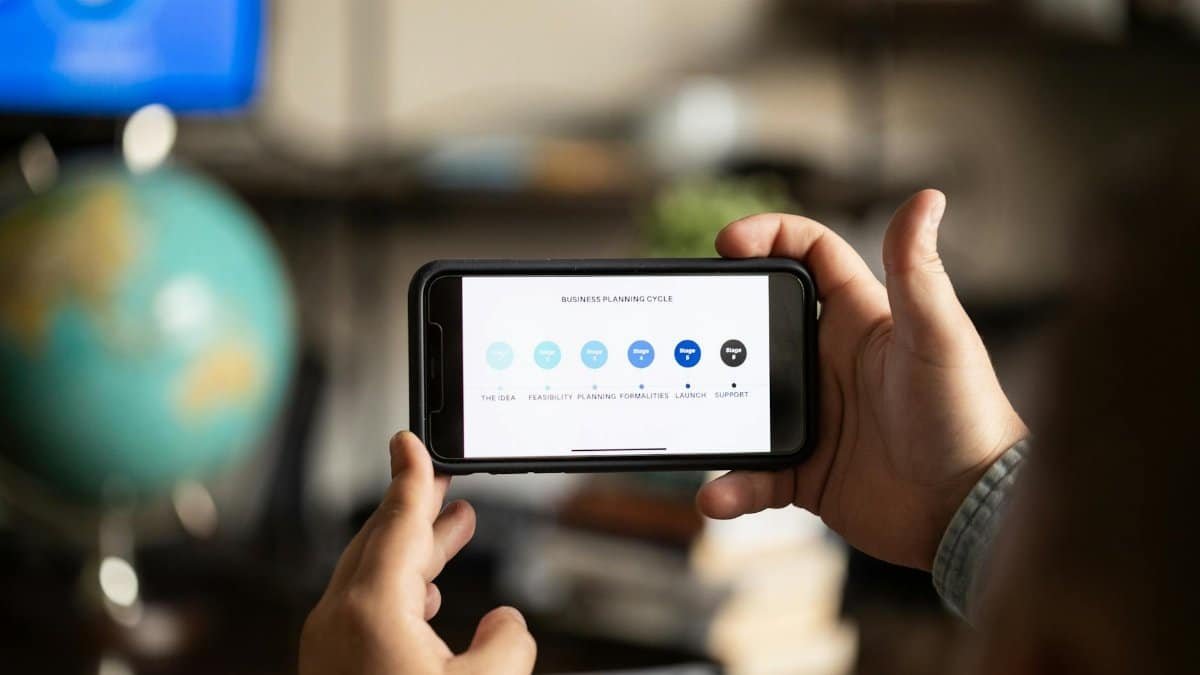Is selfcare presence the missing piece in conquering your inner saboteur? In a world where 40% of Americans report struggling with self-defeating behaviors, according to recent surveys, this concept is gaining traction as a game-changer. Selfcare presence isn’t just about spa days; it’s about tuning into your thoughts and emotions in the moment to uncover the hidden logic driving sabotage. From procrastination to emotional eating, these patterns often stem from deeper fears or unmet needs. By embracing selfcare presence, individuals are rewriting their narratives, leading to real breakthroughs in personal growth.
Decoding the Roots of Self-Sabotage

Self-sabotage often hides behind seemingly rational choices. Think about it: skipping a workout or avoiding a promotion opportunity might feel like self-protection, but it’s usually rooted in fear of failure or unworthiness. Experts from the American Psychological Association explain that these behaviors serve a purpose, like avoiding discomfort. In 2025, with rising mental health awareness, more people are recognizing how past traumas fuel this cycle. Breaking it starts with awareness, identifying triggers without judgment.
The Role of Mindfulness in Unmasking Patterns

Mindfulness practices are key to spotting self-sabotage in action. By staying present, you interrupt automatic responses. A study from Harvard Medical School highlights how mindfulness reduces impulsivity, with participants showing a 25% drop in self-destructive habits after eight weeks. Incorporating simple techniques, like focused breathing during stressful moments, helps reveal the “logic” behind actions that undermine goals. This approach aligns with selfcare presence, emphasizing compassionate self-observation over criticism.
Common Triggers and How They Manifest

Triggers vary, but perfectionism tops the list for many. In the U.S., where hustle culture dominates, people sabotage success to dodge the pressure of high expectations. Relationship fears might lead to pushing others away, while financial anxiety could result in overspending. Data from the National Institute of Mental Health indicates that anxiety disorders affect over 30% of adults, often linking to these patterns. Recognizing triggers is the first step toward change.
Building Selfcare Presence as a Daily Habit

Selfcare presence means integrating mindful self-compassion into routines. Start small: during meals, notice your hunger cues without distraction. Or, before bed, reflect on the day’s wins and setbacks kindly. Therapists recommend journaling to track sabotage moments, fostering presence. In 2025, apps like Headspace are popular for guided sessions, helping users build this habit amid busy lives.
Strategies to Interrupt the Sabotage Cycle

To break free, challenge the hidden logic directly. When a sabotaging thought arises, question it: Is this fear based on facts or assumptions? Cognitive behavioral techniques, backed by research from the American Psychological Association, reframe negative beliefs. Pair this with positive actions, like setting micro-goals, to build momentum. Over time, these interruptions weaken the cycle’s hold.
The Impact on Relationships and Career

Self-sabotage doesn’t operate in isolation; it ripples into personal and professional spheres. In relationships, it might show as avoidance or conflict creation. Career-wise, it could mean missing deadlines or shying from leadership roles. A Pew Research Center report notes that workplace stress contributes to such behaviors, with 57% of workers feeling overwhelmed. Cultivating selfcare presence here means communicating needs openly, leading to healthier dynamics and advancements.
Overcoming Resistance to Change

Resistance is normal when dismantling long-held patterns. The brain prefers familiarity, even if it’s harmful. To counter this, practice self-forgiveness. Studies from the University of California, Berkeley’s Greater Good Science Center show that self-compassion boosts resilience. Embrace setbacks as learning opportunities, gradually shifting from sabotage to empowerment.
Real-Life Examples of Transformation

Consider Alex, a New York executive who sabotaged promotions due to imposter syndrome. Through selfcare presence exercises, he identified his fears and advanced to a senior role. Similarly, a survey by Gallup found that 23% of employees experience burnout leading to self-defeat, but mindfulness interventions help reverse it. These stories underscore the power of presence in rewriting personal scripts.
Tools and Resources for Getting Started

Ready to dive in? Books like “The Gifts of Imperfection” by Brené Brown offer insights on vulnerability. Online, the National Institute of Mental Health provides free resources on managing anxiety. Therapy apps or local support groups can personalize the journey, ensuring selfcare presence becomes a sustainable practice in 2025 and beyond.
Long-Term Benefits of Breaking the Pattern

Once broken, the sabotage cycle opens doors to fulfillment. Improved mental health, stronger relationships, and career success follow. Research from the CDC indicates that better emotional regulation reduces chronic stress, enhancing overall well-being. By prioritizing selfcare presence, you’re not just stopping harm; you’re unlocking potential for a more authentic life.
